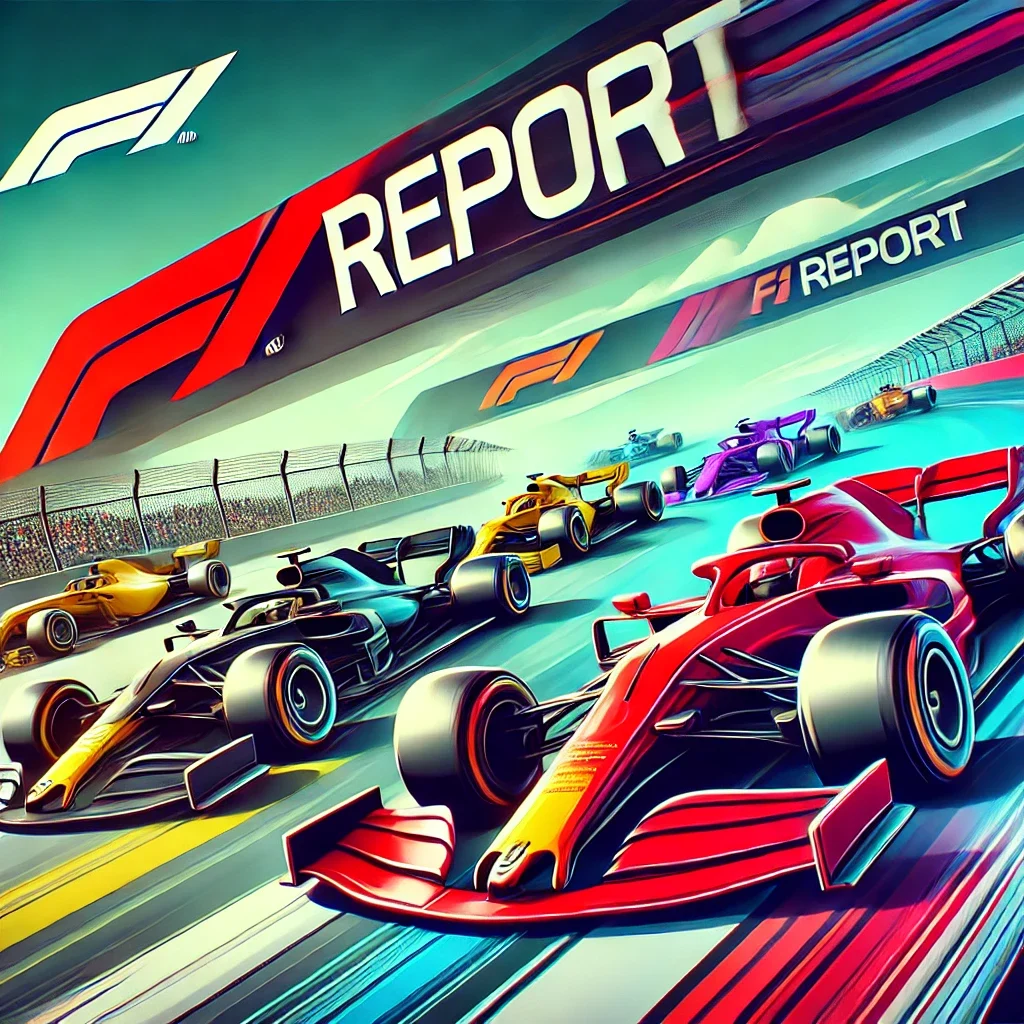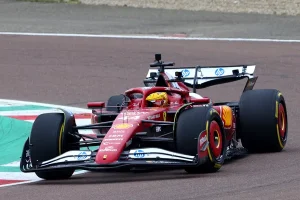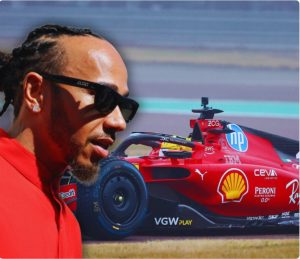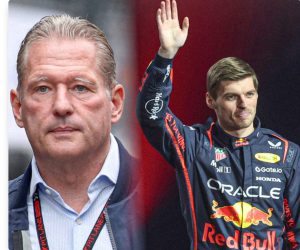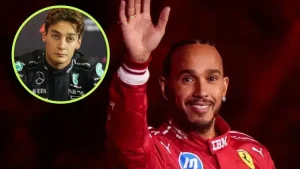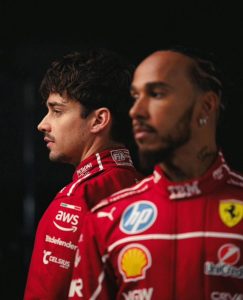BREAKING NEWS: Strategizing for Success: Red Bull’s Next Steps
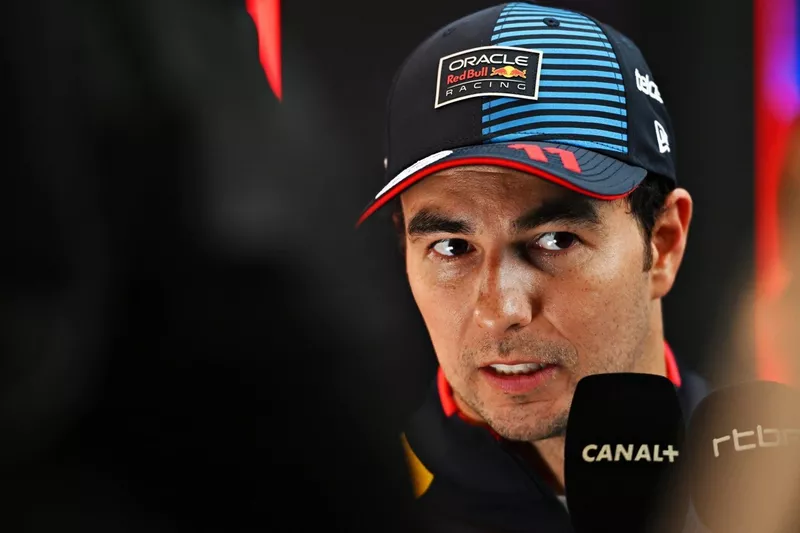
BREAKING NEWS: Strategizing for Success: Red Bull’s Next Steps
Red Bull Racing faces a critical challenge in managing its driver lineup, balancing the need for immediate success with the long-term stability of its talent pipeline. Despite its reputation for cultivating top-tier drivers through its junior program, the system has struggled to produce a successor capable of complementing Max Verstappen at the pinnacle of Formula 1. This issue is exacerbated by concerns over Verstappen’s commitment to the team and apparent divisions within Red Bull’s leadership, which complicate the path forward.
Sergio Perez: A Driver on Borrowed Time
Since joining Red Bull in 2021, Sergio Perez has delivered moments of brilliance but has often fallen short of matching the consistent dominance of Verstappen. While his performances have been solid compared to most drivers on the grid, they have not always met Red Bull’s high expectations, especially in a team built around Verstappen’s exceptional capabilities. As a result, Perez’s position feels increasingly precarious.
Although Perez is officially contracted to race alongside Verstappen for the foreseeable future, his role has been treated more as a temporary solution than a long-term strategy. Red Bull’s management appears to be keeping its options open, with Perez effectively on an indefinite probation. This raises the stakes for his performance, as any dip could trigger a change. However, replacing Perez brings its own set of challenges, particularly in the absence of clear and proven alternatives
A Faltering Talent Pipeline
Red Bull’s inability to produce a Verstappen-caliber driver since the Dutchman joined the team in 2016 highlights a growing issue within its development system. The brand’s junior driver program, once considered the gold standard in Formula 1, has struggled to maintain its earlier success. Drivers such as Pierre Gasly, Alex Albon, and Daniil Kvyat, who were promoted to Red Bull’s top team, failed to thrive under the immense pressure and were ultimately demoted or dropped.
This lack of ready talent has left Red Bull in a difficult position. Its second-tier team, AlphaTauri, is designed to nurture future stars, but its current lineup lacks candidates who can seamlessly step into Red Bull’s main team and perform at the level required to challenge Verstappen or rival teams. The program’s shortcomings have become so pronounced that Helmut Marko, Red Bull’s long-time driver advisor, is now scouting increasingly younger talent, including the recent signing of a nine-year-old prospect. While this underscores Red Bull’s commitment to future investments, it also highlights the absence of short-term solutions.
Verstappen’s Role in the Equation
Max Verstappen’s extraordinary success adds another layer of complexity to Red Bull’s dilemma. Any teammate joining the team must not only perform at the highest level but also adapt to a dynamic heavily tilted in Verstappen’s favor. Previous drivers have struggled to handle this dynamic, with Verstappen’s dominance overshadowing their efforts. This imbalance creates a high-pressure environment that can discourage even the most talented drivers from thriving.
Furthermore, Verstappen’s long-term future with Red Bull is not guaranteed. If the team fails to maintain a competitive and cohesive structure, Verstappen may consider exploring other opportunities. Red Bull must therefore manage its driver lineup in a way that keeps Verstappen satisfied while also ensuring the team remains competitive in both the Drivers’ and Constructors’ Championships
Leadership Disarray
Adding to the complexity of Red Bull’s situation is the apparent discord between team principal Christian Horner and Helmut Marko. The two leaders have publicly disagreed on several strategic decisions, reflecting a lack of alignment at the top. These divisions risk undermining the team’s ability to address its driver challenges effectively. Mixed messaging and conflicting priorities could lead to further instability within the team, creating additional hurdles to overcome.
—
Navigating a Way Forward
Red Bull finds itself at a crossroads. Persisting with Perez may limit the team’s potential, but replacing him without a proven alternative could destabilize the team even further. The team must urgently address the gaps in its driver development program to rebuild a reliable talent pipeline. Additionally, fostering alignment between Horner and Marko will be critical to ensuring that the team operates with a unified vision.
For now, Red Bull must carefully balance its immediate needs with the long-term sustainability of its driver strategy. The pressure to keep Verstappen satisfied, combined with the lack of clear replacements for Perez, underscores the complexity of the situation. Red Bull’s next steps will be pivotal in determining whether it can sustain its dominance in Formula 1 or risk falling behind its competitors.
